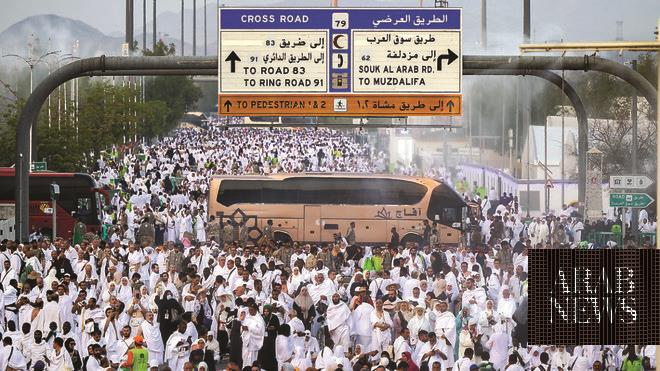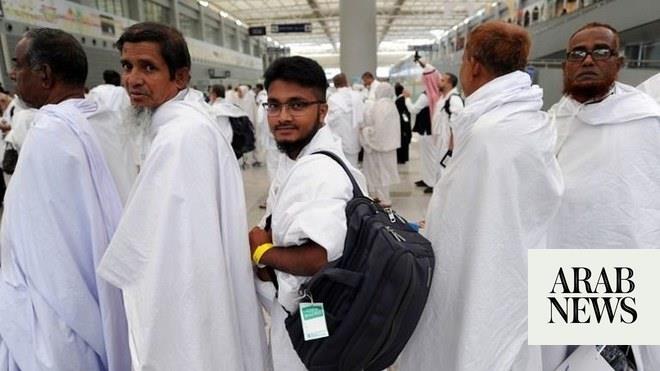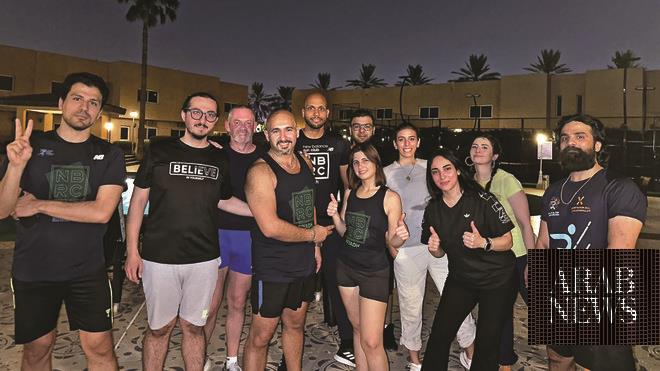
MAKKAH: The Hajj pilgrimage is one of Islam’s most important rituals, and for many Muslims, the spiritual journey is a once-in-a-lifetime opportunity.
And this year, with just over 2 million pilgrims from around the world performing Hajj, the pressure is on to ensure a smooth and safe pilgrimage.
One of the many unsung heroes of Hajj this year is Mohammad Saber, a volunteer physician working with a team of nurses and medical students helping worshippers on their spiritual journey.
“This is a big opportunity to serve God’s guests and to serve Muslims,” Saber told Arab News.
Saber said that most of the cases he deals with are due to sunstroke. Temperatures in Makkah in August can reach 40 Celsius.
“Up to 70 percent of patients come with heatstroke, 10 percent with stomach complaints, while 10 or 15 percent have minor injuries and cuts,” he said.
Cases of serious illness or injury are rare and are handled by the nearest hospital.
So far, Saber and his team have faced only one serious case, a patient with heart problems who was sent to hospital immediately.
The volunteer doctor explained that there are multiple medical clinics and hospitals nearby to deal with critical cases.
Pilgrims performing Hajj are not charged any medical fees for any health emergency.
“It’s all free, we are all volunteers here,” Saber said.
Teams work in shifts from 8 a.m. until midnight, with a doctor and nurse on call for emergencies.
Apart from heatstroke, the most common complaint is back pain from carrying heavy loads.
“For Hajjis, the most important thing is to take care of yourself, and I would say fluids, fluids, fluids,” he said.
“Even if you are not thirsty, take a lot of fluids. Even if you are young, even if you don’t feel thirsty, drink as much as you can.”
Symptoms of heatstroke include severe sweating and a high body temperature. The elderly, children and pregnant women are particularly at risk.












